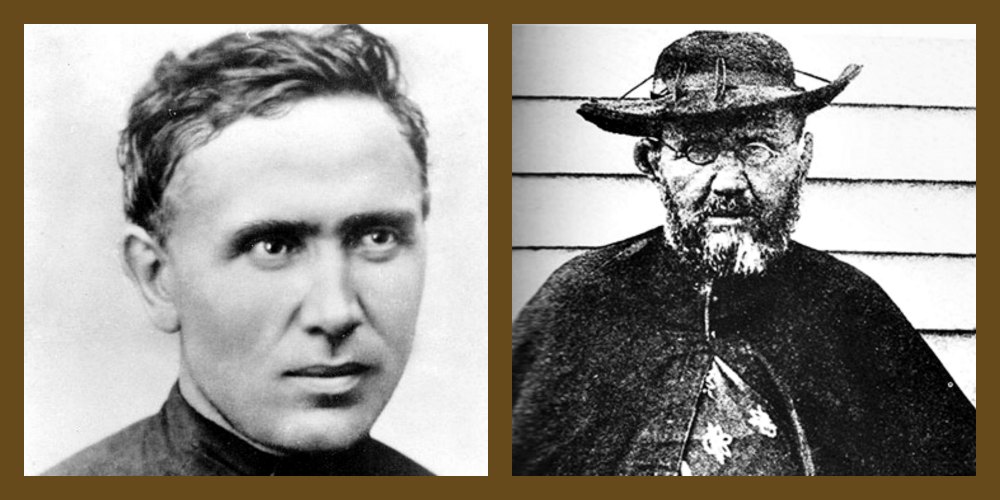Molokai History:
(from “History of the Catholic Mission to Hawaii” by Fr. Reginald Yzendoorn, SS.CC., Honolulu Star-Bulletin, Ltd., Honolulu, Territory of Hawaii, 1927)
Father Damien gives the following description of the settlement at the time of his arrival, in an official report which he addressed to the President of the Board of Health in March, 1886.
“By a special providence of our Lord who, during his life showed a particular sympathy for the lepers, my way was traced to Kalawao in May, A.D. 1873. I was then 33 years of age, enjoying a robust, good health, – Lunalilo being at that time King of the Hawaiian Islands and His Excellency E.O. Hall, President of the Board of Health.
A great many lepers had arrived lately from the different islands; they numbered 816. Some of them were old acquaintances of mine from Hawaii [the Big Island], where I was previously stationed as a missionary priest; to the majority I was a stranger.
The Kalaupapa landing was at that time a somewhat deserted village of three or four wooden cottages and a few old grass houses. The lepers were allowed to go there only on the days when a vessel arrived; they were all living at Kalawao – about eighty of them in the hospital – in the same buildings we see there today [1886]. All the other lepers with a very few kokuas (helpers) had taken their abode further up towards the valley. They had cut down the old pandanus or puhala groves, to build their houses, though a great many had nothing but branches of castor oil trees with which to construct their small shelters. These frail frames were covered with ki-leaves, or with sugar cane leaves, – the best ones with pili grass. I myself was sheltered during several weeks under the single pandanus tree which is preserved up to the present [1886] in the church yard. Under such primitive roofs were living pell-mell, without distinction of age or sex, old or new cases, all more or less strangers to one another., those unfortunate outcasts of society. They passed their time with playing cards, hula, native dances, drinking fermented ki-root beer, home made alcohol, and with the sequel of all this. Their clothes were far from being clean and decent on account of the scarcity of water, which had to be brought at that time from a great distance.”
(to be continued)
Many blessings, much pono and many pule!
Fr. Brian Guerrini, ss.cc.
Priest
Molokai
